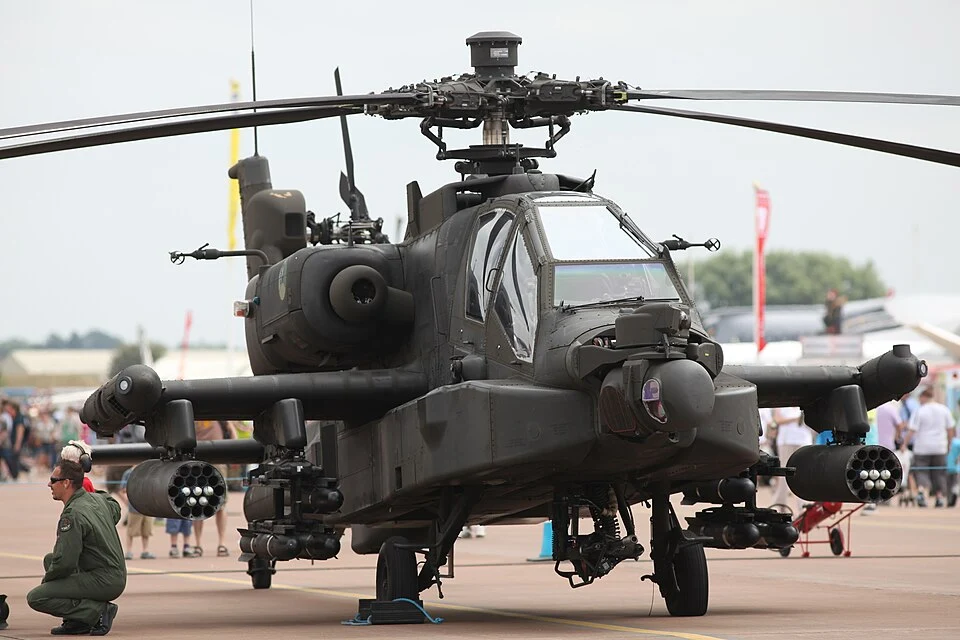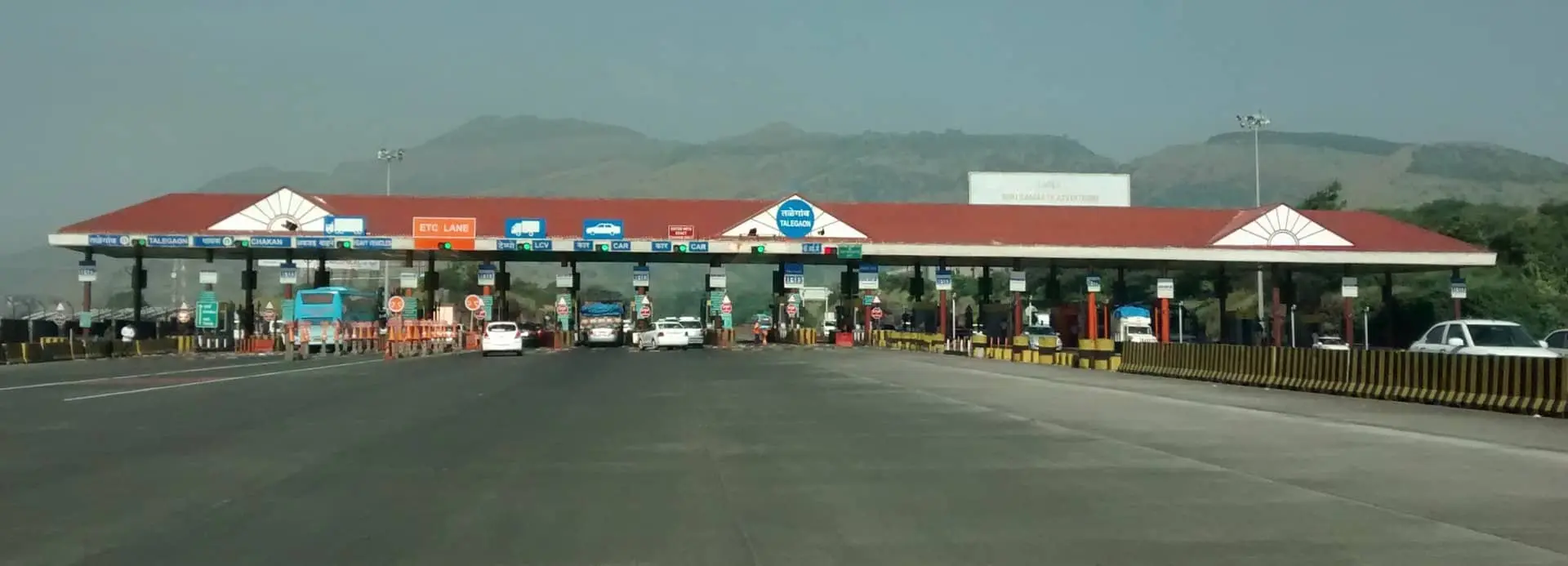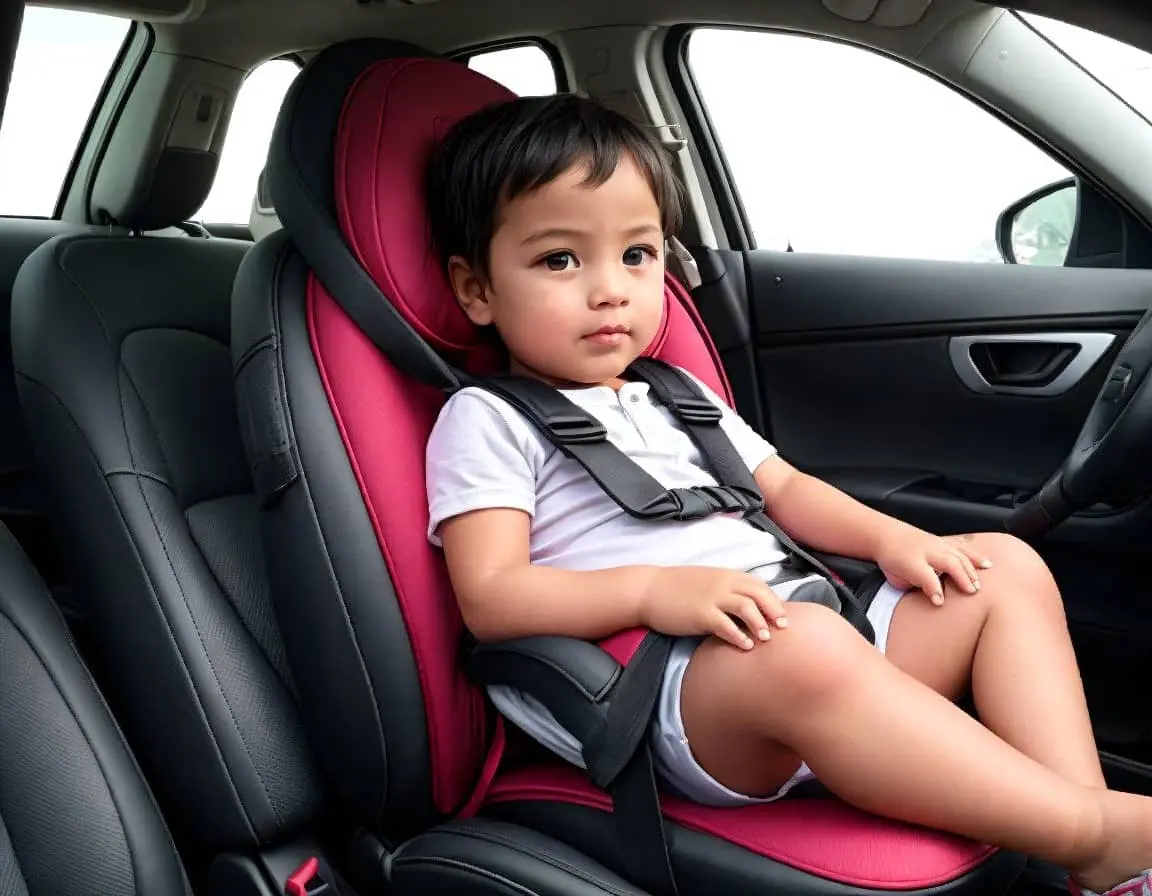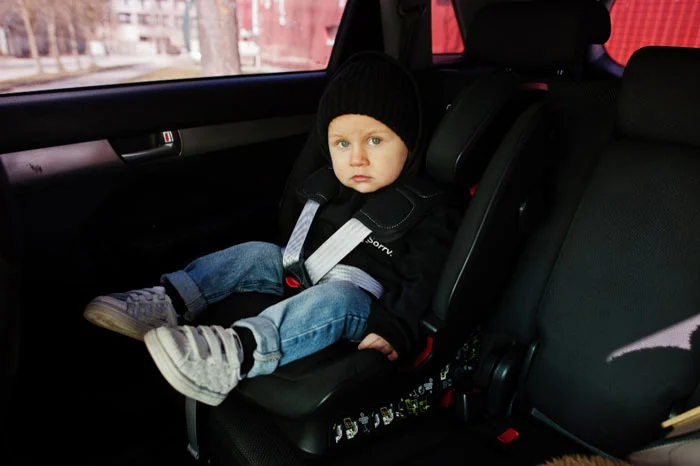Child Car Seat Rules in Brazil: A Comprehensive Guide for Parents
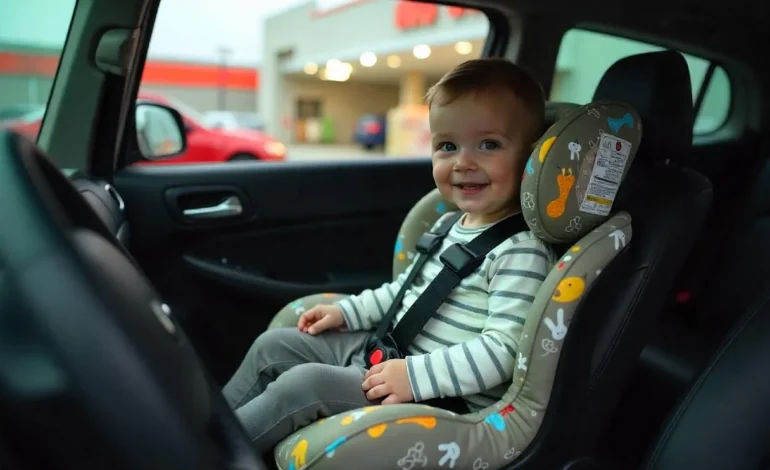
Brazil, with its vibrant culture, stunning landscapes, and bustling cities, is a popular destination for families, whether for residents or tourists exploring its diverse regions. However, ensuring the safety of young passengers on Brazil’s roads is a critical responsibility for parents and guardians. The country has implemented strict child car seat regulations to protect children from the risks associated with road travel, given that road traffic incidents are a leading cause of injury and death for children in Brazil.
This article provides an in-depth overview of Brazil’s child car seat laws, including requirements, exemptions, safety standards, practical tips for compliance, and the broader context of road safety, to help parents navigate these regulations effectively.
Overview of Child Car Seat Regulations in Brazil
Brazil’s child car seat laws are primarily governed by the Brazilian Traffic Code (Código de Trânsito Brasileiro, CTB) and further detailed by resolutions from the National Traffic Council (CONTRAN), particularly Resolution 819/2021. These regulations aim to reduce the risk of injury or death in motor vehicle accidents by mandating the use of appropriate child restraint systems (CRS) based on a child’s age, height, and weight. The laws are enforced nationwide, though enforcement can vary across regions, with urban areas like São Paulo and Rio de Janeiro often having stricter oversight compared to rural areas.
Key Requirements
According to Brazilian law, children up to 10 years old who have not yet reached a height of 1.45 meters (approximately 4 feet 9 inches) must use an appropriate child restraint system when traveling in a private vehicle. The specific type of car seat or booster seat depends on the child’s age, weight, and height, as outlined below:
- Infants (up to 1 year or 13 kg / 29 lbs): Children must be secured in a rear-facing car seat, often referred to as a “bebê conforto” (infant carrier). These seats are designed to cradle infants and provide optimal protection for their developing necks and spines. Rear-facing seats must be installed in the back seat of the vehicle, and if placed in the front seat (only in exceptional cases), the passenger airbag must be deactivated.
- Toddlers (1 to 4 years or 9–18 kg / 20–40 lbs): Children in this age and weight range should use a forward-facing car seat with a five-point harness. These seats provide additional support and protection for young children who have outgrown rear-facing seats but are not yet ready for booster seats.
- Young Children (4 to 7.5 years or 15–36 kg / 33–79 lbs): Children in this group must use a belt-positioning booster seat, which elevates the child to ensure the vehicle’s seat belt fits correctly over the shoulder and across the pelvis. Booster seats can be high-back or backless, depending on the child’s size and the vehicle’s seating configuration.
- Older Children (7.5 to 10 years or up to 1.45 m / 4 ft 9 in): Children who have outgrown booster seats but are under 10 years old and shorter than 1.45 meters must ride in the back seat using the vehicle’s seat belt. After reaching 1.45 meters or 10 years of age, children may use a standard seat belt, though experts recommend continuing to use a booster seat until the child is at least 1.45 meters tall to ensure proper belt fit.
Discover More- Child Car Seat Rules in Greece: A Comprehensive Guide for 2025
Front Seat Restrictions
Brazilian law prohibits children under 10 years old from riding in the front seat of a vehicle, except in specific circumstances, such as when the vehicle lacks a back seat (e.g., in certain vans or single-cab trucks) or when the back seat only has a two-point (lap) belt, which is incompatible with most child restraint systems. In such cases, a child may ride in the front seat using an appropriate car seat, but the front passenger airbag must be deactivated for rear-facing seats, and the seat should be positioned as far back as possible to minimize risks.
Safety Standards and Certification
All child car seats used in Brazil must meet the safety standards set by the National Institute of Metrology, Quality, and Technology (INMETRO). INMETRO certification ensures that car seats have undergone rigorous testing for crash protection, material quality, and proper labeling. Parents should verify that their car seat carries the INMETRO seal, which indicates compliance with Brazilian safety standards. While European standards (ECE R44/04 or R129) are widely accepted in many countries, Brazil requires INMETRO certification specifically, so parents traveling from abroad should confirm compatibility or consider renting a certified seat locally.
Exemptions and Special Cases
There are notable exemptions to Brazil’s child car seat laws, particularly for public transportation and specific vehicle types:
- Taxis and Ride-Hailing Services: Taxis and ride-hailing services like Uber and 99 are exempt from providing child car seats, meaning children can legally travel in these vehicles without a restraint system. However, this exemption poses safety risks, especially in high-traffic urban areas or on highways. Parents are encouraged to bring their own portable car seats or pre-book taxi services that offer certified child seats, such as those available through specialized providers like Taxibambino.
- School Transport and Buses: School buses and public buses are also exempt from child car seat requirements, as they are designed to carry multiple passengers and often lack the infrastructure for individual restraint systems.
- Medical Exemptions: Children with medical or developmental conditions that prevent the use of standard car seats may be exempt, provided a certified medical professional issues a written statement detailing the condition and reasons for the exemption.
- Vehicles Without Rear Seat Belts: In rare cases where a vehicle’s back seat lacks three-point seat belts, children may use the front seat with an appropriate restraint system, adhering to airbag deactivation rules.
Discover More- Child Car Seat Rules in Finland: A Quick Guide
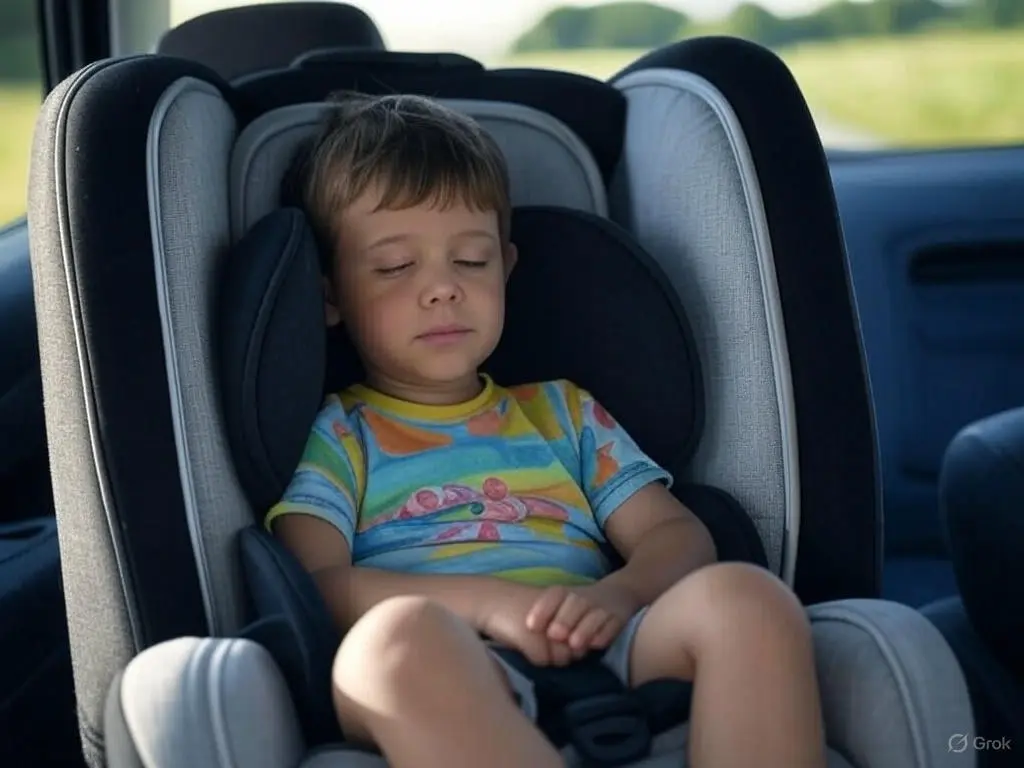
Penalties for Non-Compliance
Failure to comply with Brazil’s child car seat laws is considered a serious traffic violation under the Brazilian Traffic Code. Offenders face a fine of approximately R$293.47 (about US$50, depending on exchange rates) and seven penalty points on the driver’s license. Additionally, the vehicle may be impounded until the violation is corrected, such as by installing an appropriate car seat. Enforcement is described as “secondary,” meaning police cannot stop a vehicle solely for a child car seat violation but can issue a fine if the vehicle is stopped for another reason. However, enforcement varies widely, with stricter oversight in urban centers and more leniency in rural areas.
Practical Tips for Parents
Ensuring compliance with Brazil’s child car seat laws while maintaining safety and convenience requires careful planning, especially for tourists or families traveling across the country’s diverse regions. Here are some practical tips:
- Bring or Rent a Car Seat: For international travelers, many airlines (e.g., Delta, TAP) allow car seats to be checked for free, provided they meet safety standards. Bringing a lightweight, portable car seat, such as a travel vest or compact booster, can be a practical solution. Alternatively, car rental agencies in Brazil often offer INMETRO-certified car seats, but availability should be confirmed in advance.
- Pre-Book Taxi Services with Car Seats: For families relying on taxis or ride-hailing services, pre-booking a vehicle with a certified car seat is highly recommended. Services like Taxibambino cater specifically to families and ensure proper restraints are installed before pickup. This is particularly important during high-demand periods like Carnival or holidays.
- Check Installation and Fit: Proper installation is critical for car seat effectiveness. Parents should consult the car seat manufacturer’s instructions and the vehicle’s manual to ensure correct installation. If renting a car seat, verify that it fits the child’s size and the vehicle’s seating configuration.
- Plan for Local Conditions: Brazil’s road conditions vary significantly, from congested urban streets to unpaved rural roads. Parents should prioritize safety over legal minimums, as erratic driving and limited enforcement in some areas increase risks. For example, using a car seat even in exempt situations (e.g., taxis) can provide critical protection.
- Educate Yourself on Local Variations: While the law is national, enforcement and cultural attitudes toward car seat use differ across regions. In metropolitan areas like São Paulo or Rio, compliance is more common, whereas in smaller cities or rural areas, car seats may be viewed as a luxury due to cost and availability.
Discover More- Child Car Seat Regulations in South Africa
Challenges and Cultural Context
Despite Brazil’s progressive child car seat laws, challenges remain. Car seats are often expensive, costing around R$400 (approximately US$70) or more, which can be prohibitive for low-income families. Additionally, enforcement is inconsistent, with many drivers aware of camera locations and lax policing in certain areas. Public awareness campaigns, such as those by Criança Segura and the Maio Amarelo initiative, aim to educate parents on the importance of car seats, but cultural attitudes—where car seats are sometimes seen as overly cautious—can hinder adoption.
Road safety remains a broader concern in Brazil, where nearly 44,000 people, including 2,000 children, die annually in road crashes. Programs like Criança Segura’s Safe Kids in Traffic and Model School Zone Project work to improve pedestrian and passenger safety, but parents must take proactive steps to protect their children.
Conclusion
Brazil’s child car seat regulations are a critical step toward improving child passenger safety, mandating appropriate restraint systems for children up to 10 years old or 1.45 meters tall. By understanding these laws, selecting INMETRO-certified car seats, and planning for local conditions, parents can ensure their children’s safety while exploring Brazil’s vibrant landscapes. Whether you’re a resident or a visitor, prioritizing car seat compliance—beyond the legal minimums—creates a secure and enjoyable travel experience for the whole family. Always verify regulations with authoritative sources like DENATRAN or consult with car seat professionals to stay informed and safe on Brazil’s roads.





